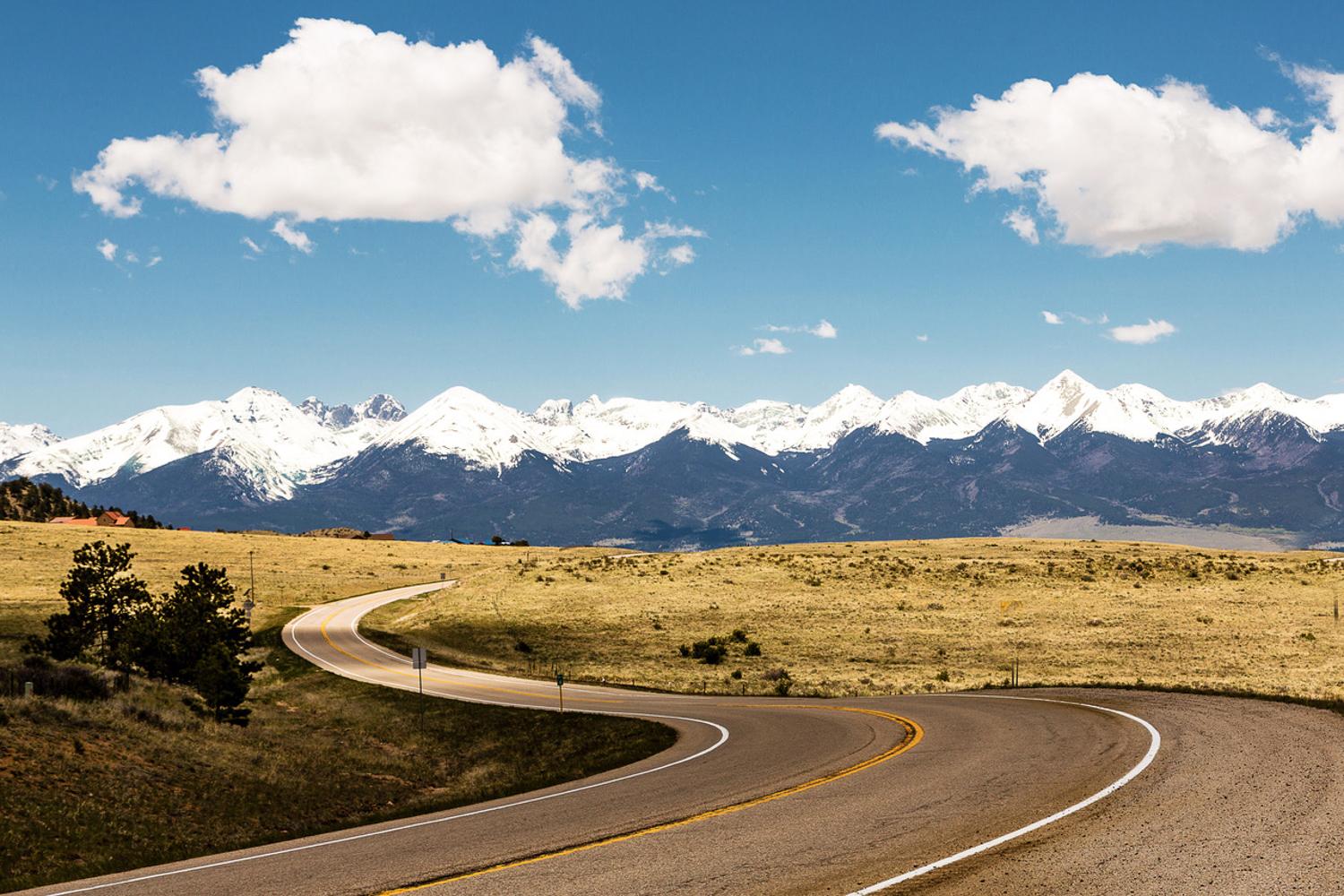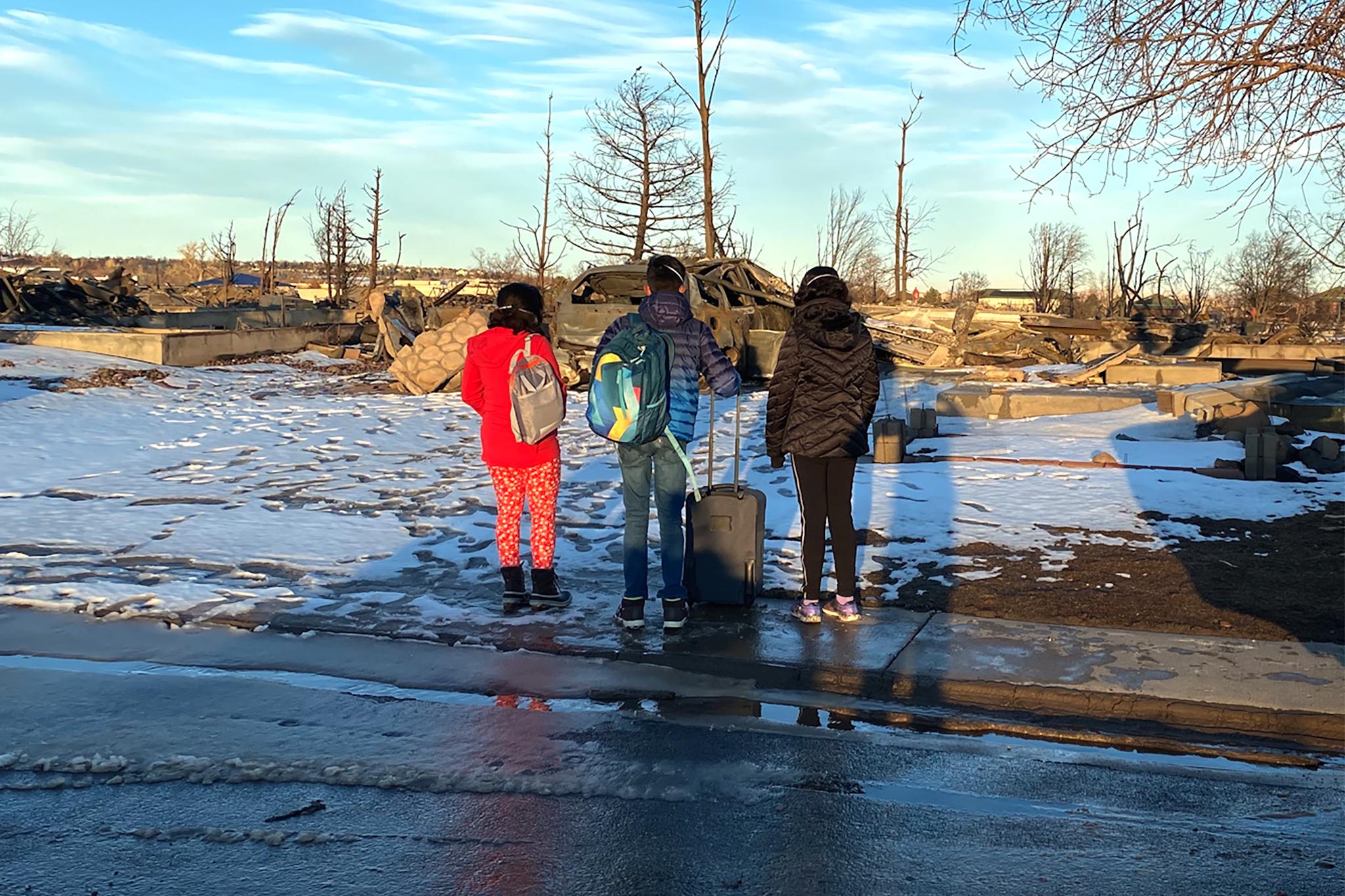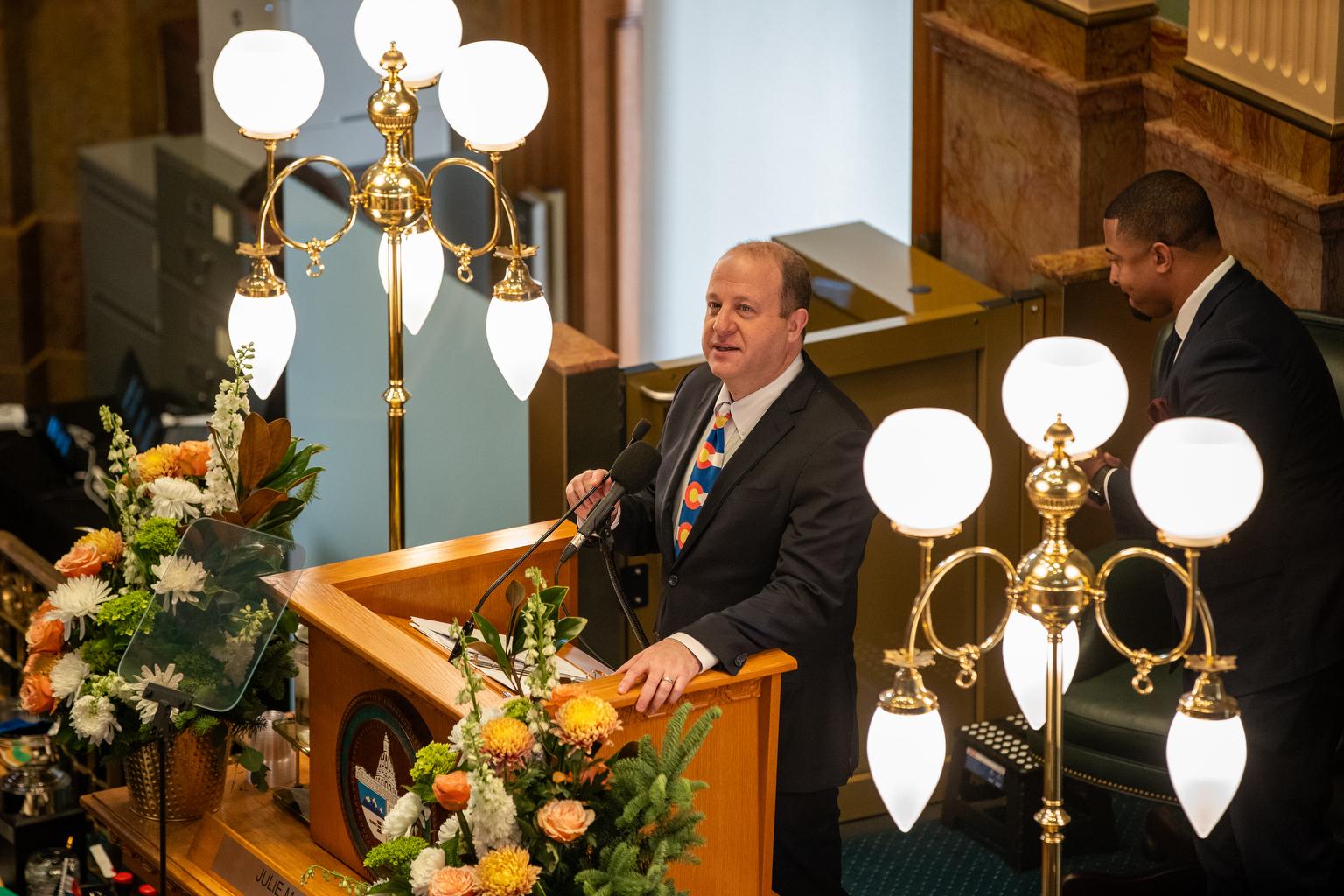
A growing number of Coloradans die from heroin overdoses. Sam Quinones, author "Dreamland: The True Tale of America's Opiate Epidemic," tells Colorado Matters about the history of the Mexican heroin pipeline to Denver and other U.S. cities.
In the late 1980's and 1990's, ranchers, farmers and merchants from the small town of Xalisco on Mexico's west coast recognized a lucrative opportunity in mid-sized cities across the United States. They saw a growing market for heroin, and less competition from big-time dealers in places like Denver, Colorado Springs, Salt Lake City and cities farther east like Columbus, Ohio.
Xalisco traffickers were among the first to recognize the link between a massive spike in the use of prescription painkillers in the U.S. in the 1990's and their particular brand of heroin. Black tar heroin was cheap, potent and, in many cases, easy to get. At the time, Quinones says the number of Americans addicted to painkillers like Oxycontin had begun rising in part because of heavy marketing by pharmaceutical companies and new research -- that turned out to be wrong -- that opioids weren't addictive for most people.
The success of the Xalisco traffickers had a lot to do with their business model which Quinones describes as a "pizza delivery" operation in which young Mexican men drove around in modest cars selling small quantities of heroin to avoid getting caught. In recent years, other Mexican traffickers have moved in and the Xalisco dealers no longer have a corner on the market, but Quinones says they were instrumental in making Mexico the biggest provider of heroin in the U.S. today.








